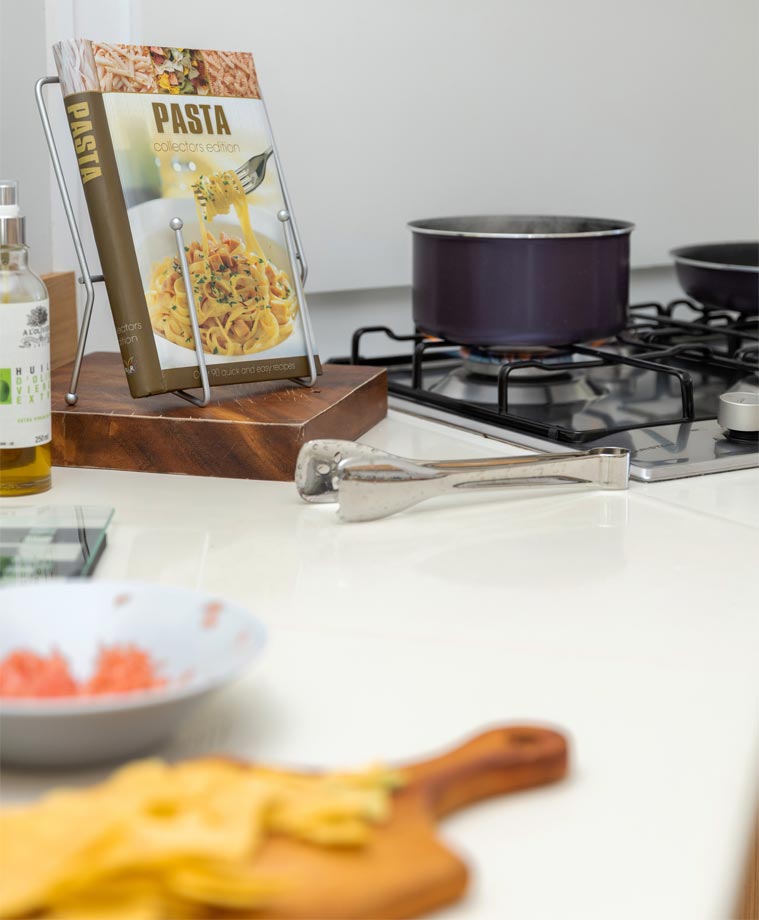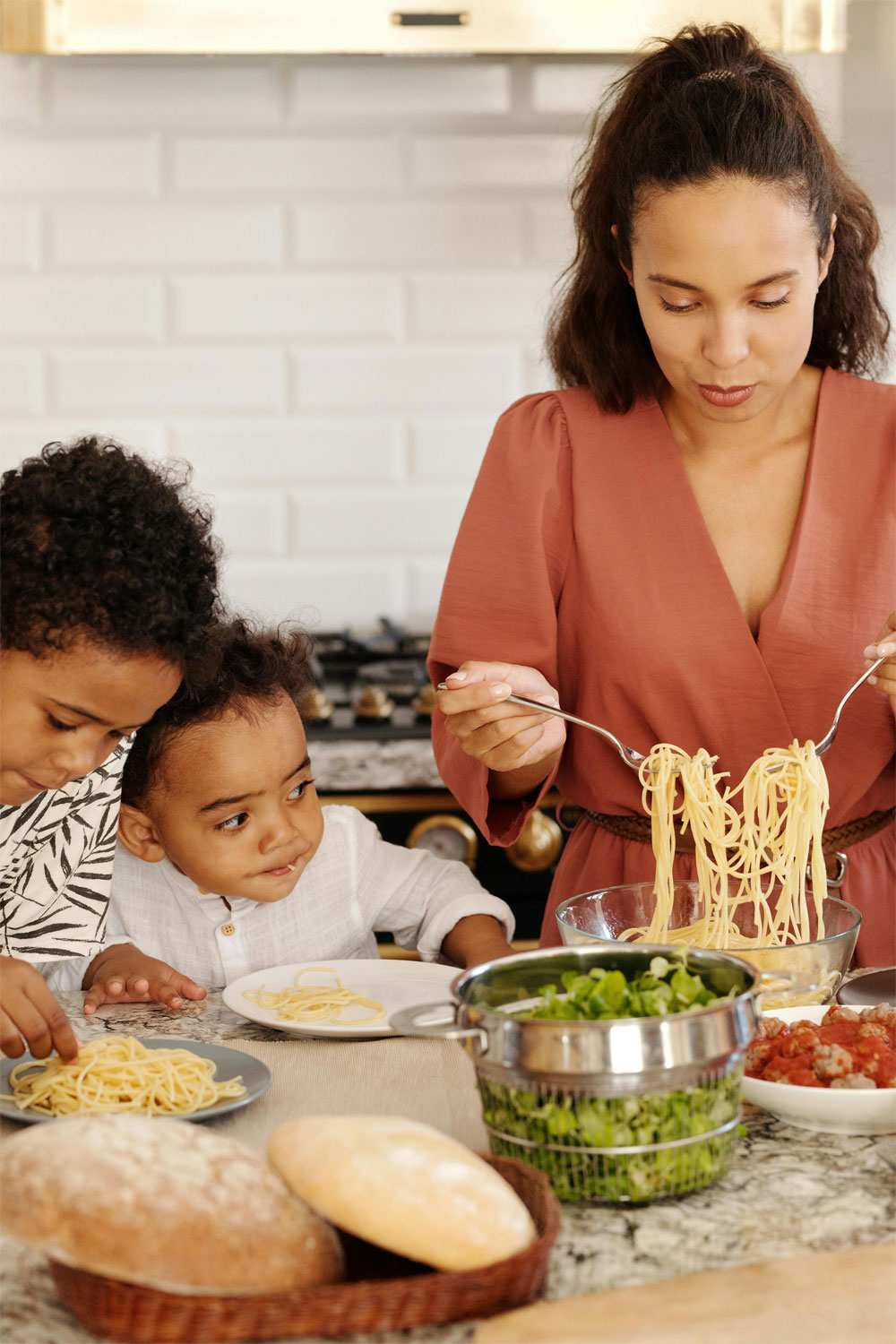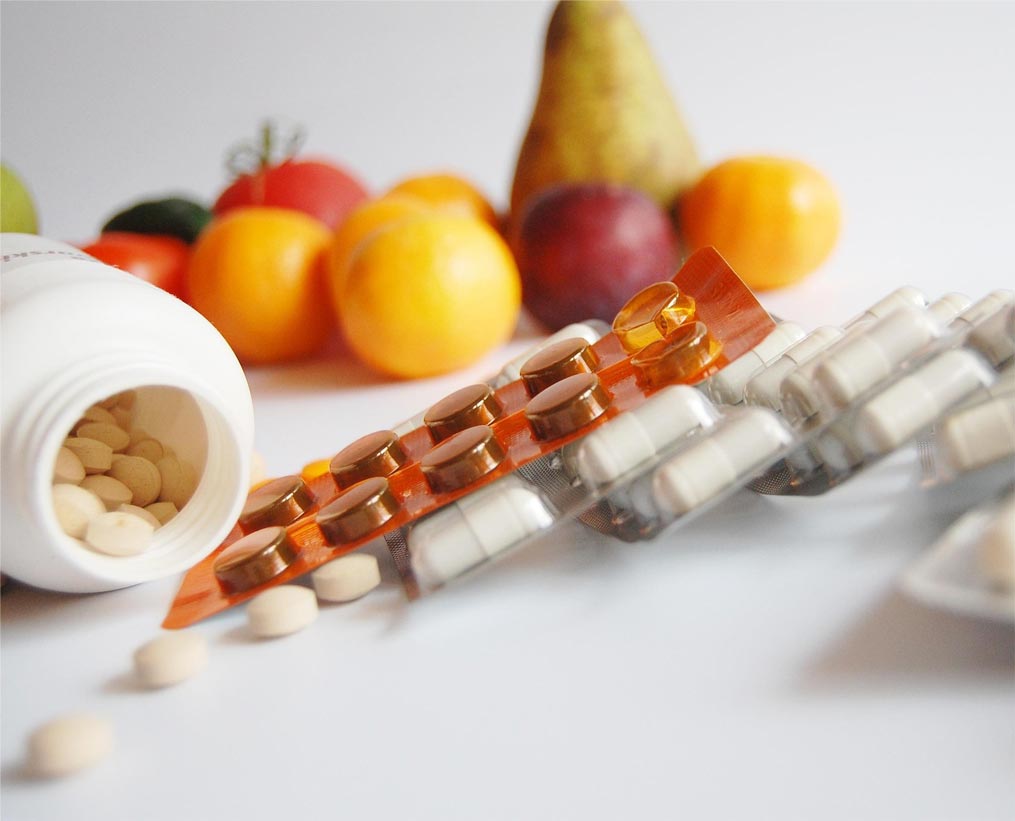Love Pasta but Have Gestational Diabetes? Here’s How You Can Still Indulge Safely
Love pasta? So do I! Spaghetti, fettuccine, penne, macaroni, lasagna, ravioli – these are just a few family favourites that come to mind. For many, pasta is a household staple, featuring on weekly menus and offering comfort, especially during pregnancy when cravings can run high. But if you’ve been diagnosed with gestational diabetes mellitus (GDM), also known as diabetes in pregnancy, you might be wondering if pasta is off the table.
In fact, many of my pregnant clients develop a fear of pasta and feel miserable about avoiding it. If they do give in to temptation, they often feel guilty, worrying they’ve harmed their baby or shown a lack of self-control. Well-meaning friends or even health professionals might have advised them to cut pasta out entirely. Imagine their surprise when I tell them pasta can make a comeback on their menu! At first, there’s hesitation and disbelief. Won’t it spike blood sugar levels? Isn’t it too good to be true? Well, believe the good news: you can enjoy pasta while keeping your blood sugar levels in check. Let’s explore how to make this work for you and your baby.


Why Is Pasta Often Considered “Off-Limits”?
Gestational diabetes occurs when your body can’t effectively manage blood sugar levels during pregnancy. Pregnancy hormones help your baby grow and develop but can also block the action of insulin. Insulin is responsible for processing carbohydrates for energy and keeping blood sugar levels within healthy ranges. Some women may already have insulin resistance before pregnancy, making it harder to control blood sugar levels. If blood sugar levels remain high during pregnancy, it can lead to complications for both mum and baby.
Since pasta is rich in carbohydrates, which break down into sugar in the body, it’s often viewed as a no-go. However, not all carbs are created equal. The type of pasta, portion size, and what you pair it with can significantly influence its effect on your blood sugar.
Common Concerns About Pasta and GDM
Let’s address some of the concerns my clients with GDM frequently share:
- Fear of Spiking Blood Sugar: Eating pasta doesn’t have to lead to uncontrolled blood sugar levels if you make informed choices.
- Feeling Restricted: Managing GDM doesn’t mean eliminating all your favourite foods to ensure blood sugar control during pregnancy.
- Portion Size Confusion: How much pasta is okay? Let’s clarify this with some portion control tips below.
- Choosing the Right Pasta: Not all pastas are created equal. Learn how to select better options and match them with nourishing ingredients to create GDM-friendly pasta meals.
- Family-Friendly Meals: Discover how to prepare meals everyone can enjoy while meeting your GDM needs.
Tips for enjoying pasta with gestational diabetes
Here’s how you can incorporate pasta into your diet without worrying about blood sugar spikes:
Whole-wheat or whole-grain pasta contains more fibre, which slows digestion and reduces the speed at which sugar is absorbed into the bloodstream. Legume-based (or pulses -based) pastas, such as those made from lentils or chickpeas, are excellent options as they are high in both protein and fibre.
- How to Identify High-Fiber Pasta: Look for darker-coloured pasta labelled “whole wheat,” “whole grain,” or “integrale.” Check the nutrition panel - choose pasta with at least 6g of fibre per 100g.
- Beware of Gluten-Free Labels: Not all gluten-free pastas are high in fibre. While lentil, pea, and chickpea pastas are naturally gluten-free and high in fibre, rice- or corn-based gluten-free pastas often have a higher glycaemic index (GI), leading to quicker blood sugar spikes.
- What About Taste?: High-fibre wheat-based or legume-based pastas may have a different taste or texture. If you’re unsure, start with a 50:50 mix of regular and high-fibre pasta.
Portion control is key. Stick to about 1 cup of cooked pasta per meal. Typically, ½ cup or 50g of uncooked pasta yields 1 to 1¼ cups of cooked pasta, depending on the shape. Remember, cooking pasta al dente (firm to the bite) is better for blood sugar control than overcooking, as it slows digestion and absorption.
Combine pasta with proteins like chicken, fish, lean meats, tofu, or legumes/pulses to help stabilise blood sugar levels. Healthy fats, such as olive oil or a sprinkle of cheese, further slow digestion. Aim for an equal ratio of protein to pasta (e.g., 1 cup of cooked pasta to 1 cup of protein food).
Add plenty of vegetables like spinach, broccoli, mushroom, zucchini, or bell peppers to your pasta dishes. These non-starchy veggies provide volume, nutrients, and fibre without spiking blood sugar. For a mixed pasta dish, aim for at least twice the amount of veggies to pasta (e.g., 2 cups of veggies per 1 cup of cooked pasta).
Cooking and then chilling your pasta can lower its glycaemic index. During cooling, resistant starch forms, which your body cannot digest, leading to a slower blood sugar response. To maximize this effect, chill pasta for at least 12 hours in the fridge. A pasta salad can therefore be a great option when you have GDM. If wishing to have a hot meal, reheating the pasta to steaming hot, at temperatures between 75 to130°C will preserve the resistant starch while also ensuring food safety standards are met for pregnancy.
Opt for homemade tomato-based, vegetable-based, or olive oil-based sauces. Avoid creamy or sugary sauces, and check store-bought options for added sugars by reading ingredient lists and nutrition labels.
Final Thoughts
With the right strategies, pasta doesn’t have to be a food you avoid during pregnancy with GDM. By focusing on portion control, choosing high-fibre options, and pairing pasta with blood sugar-friendly ingredients, you can still enjoy your favourite dishes while keeping you and your baby healthy.
Struggling to balance pasta or other carbohydrate staples in your GDM meal plan? Book a personalised session for practical strategies that fit your lifestyle and help you enjoy a healthy pregnancy without unnecessary restrictions.




